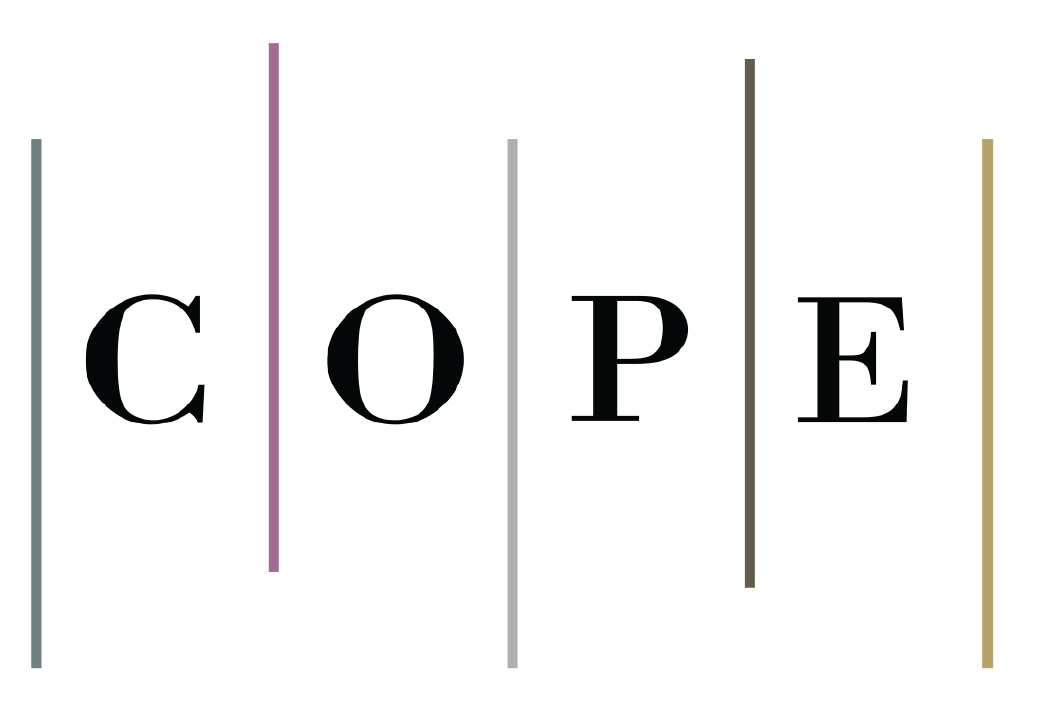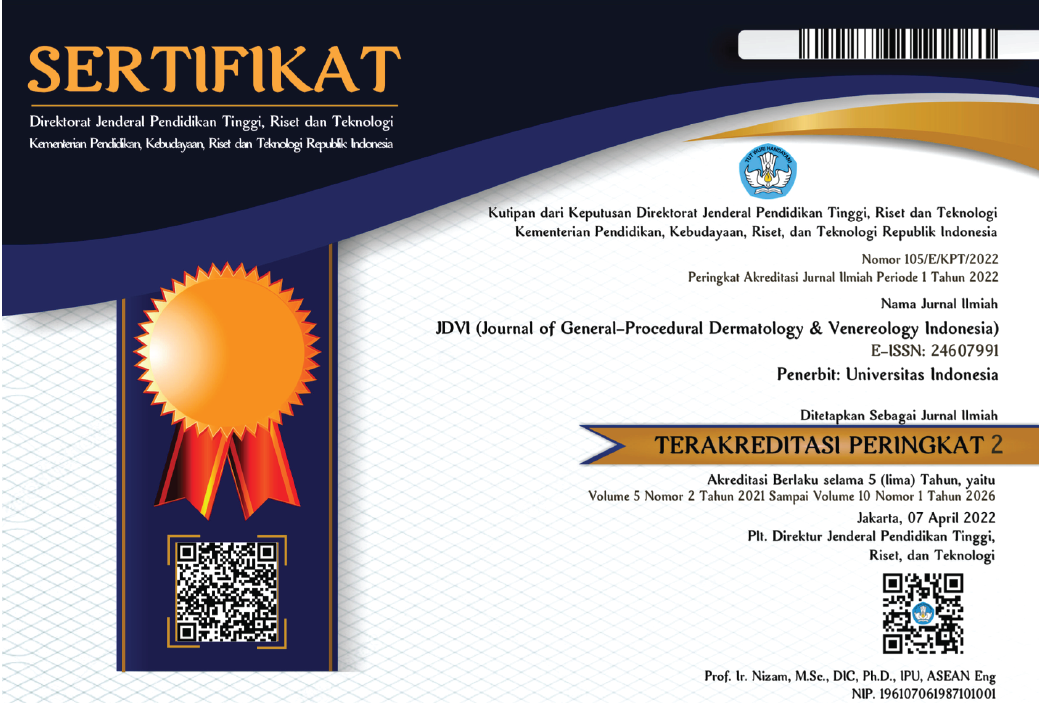Abstract
Background: Lichen planus (LP) is an idiopathic inflammatory disease affecting the skin, mucous membranes, hair, and nails. Even though rare, LP may also present as cicatricial alopecia or a condition referred to as lichen planopilaris (LPP). On the other hand, lupus erythematosus (LE) is an autoimmune disorder with a possibility of systemic involvement. Classical discoid lupus erythematosus (DLE) is the most common form of LE and has a hallmark of scarring alopecia.
Case Illustration: A 61-year-old Filipino man presented with a 7-month history of persistent multiple erythematous hairless scarring plaques on the scalp with multiple erythematous–violaceous to hyperpigmented atrophic plaques on the face and distal upper extremities.
Discussion: The remarkable atrophic scarring alopecia on the scalp, along with the atrophic coin-shaped plaques on the face and extensor aspects of both forearms on this patient, brought DLE as the initial clinical impression. Besides cicatricial alopecia being a prevalent feature of DLE, the noticeable scarring alopecia on the scalp with the concomitant appearance of multiple atrophic skin lesions on sun-exposed areas supported this reasoning. Nevertheless, the skin punch biopsy of this patient showed numerous histopathological features of LP.
Conclusion: LP can present with several morphological cutaneous presentations, including atrophic LP, which may mimic cutaneous DLE. Even though LP is a non-scarring disease, a follicular variant of LP, LPP has a distinct clinical and histologic entity with associated scarring alopecia. The presence of atrophic cutaneous LP concomitant with scalp LPP may mimic DLE clinically.
References
- Mangold AR, Pittelkow MR. Lichen planus. In: Kang S, Amagai M, Bruckner AL, et al., editors. Fitzpatrick’s dermatology. 9th ed. New York: McGraw Hill; 2019. p.527-47.
- Gorouhi F, Davari P, Fazel N. Cutaneous and mucosal lichen planus: A comprehensive review of clinical subtypes, risk factors, diagnosis, and prognosis. Scientific World Journal. 2014;2014:742826.
- James WD, Elston DM, Treat JR, Rosenbach MA, Neuhaus IM. Andrew’s diseases of the skin. 13th ed. USA: Elsevier; 2020. p.215-21.
- Joshi TP, Zhu H, Naqvi Z, Holla S, Duruewuru A, Ren V. Prevalence of lichen planopilaris in the United States: A cross-sectional study of the All of Us research program. JAAD Int. 2022;8:69-70.
- Gopalan G, Gopinath SR, RK, Pandian S. A clinical and epidemiological study on discoid lupus erythematosus. Int J of Res Dermatol. 2018;4(3):396-402.
- Concha JSS, Werth VP. Alopecias in lupus erythematosus. Lupus Sci Med. 2018;5(1):e000291. 7. Yosipovitch G, Reaney M, Mastey V, et al. Peak pruritus numerical rating scale: Psychometric validation and responder definition for assessing itch in moderate-to-severe atopic dermatitis. Br J Dermat. 2019;181(4):761-9. 8. Twilley D, Reva O, Meyer D, Lall N. Mupirocin promotes wound healing by stimulating growth factor production and proliferation of human keratinocytes. Front Pharmacol. 2022; 11;13:862112. 9. Mirhaj M, Varshosaz J, Labbaf S, et al. Mupirocin loaded core-shell pluronic-pectin-keratin nanofibers improve human keratinocytes behavior, angiogenic activity and wound healing. Int J Biol Macromol. 2023; 253(Pt 2):126700. 10. Zhang X, Lei L, Jiang L, et al. Characteristics and pathogenesis of koebner phenomenon. Exp Dermatol. 2023;32(4):310-2.
Recommended Citation
Harris, Lie Michelle E.; Carpio, Benedicto dL; Regalado-Morales, Eileen; Guzman, Amelita Tanglao-De; and Lapitan-Torres, Armelia
(2023)
"A 61-year-old Filipino man with lichen planus concomitant with cicatricial alopecia, mimicking discoid lupus erythematosus,"
Journal of General - Procedural Dermatology and Venereology Indonesia: Vol. 7:
Iss.
2, Article 6.
DOI: 10.7454/jdvi.v7i2.1152
Available at:
https://scholarhub.ui.ac.id/jdvi/vol7/iss2/6






























